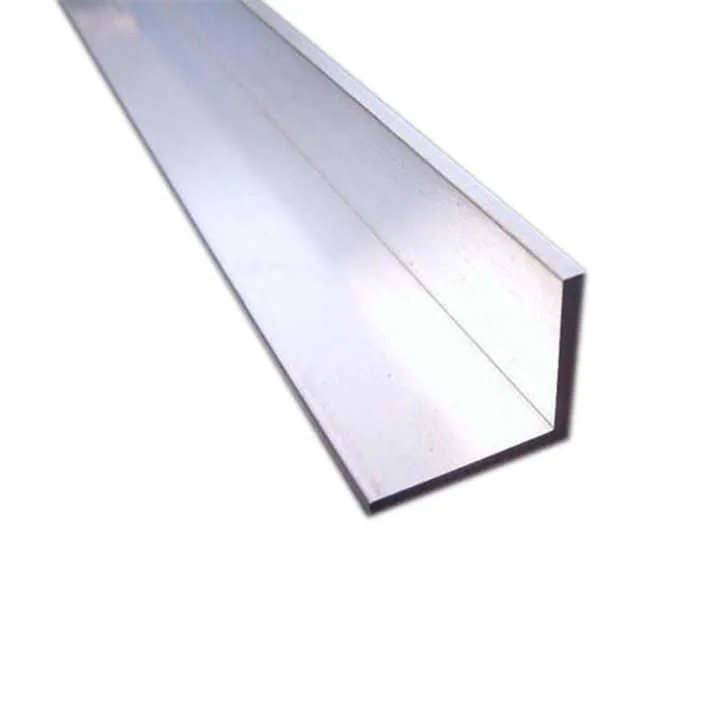Learn More About LED Strip Profile Aluminum?

LED strips often overheat, flicker, or look unfinished when installed without proper support.
Using aluminum profiles with LED strips ensures durability, better lighting effects, and efficient thermal management.
This guide explains why LED aluminum channels matter and how to choose the best one for your project.
Why use aluminum profiles with LED strips?
Many users face issues like overheating, dust accumulation, and poor aesthetics when using bare LED strips.
Aluminum profiles protect LED strips, enhance their look, and improve performance through better heat dissipation.
LED aluminum channels—also called LED extrusions—are protective housings. They usually include:
- An aluminum body
- A plastic diffuser cover
- Mounting brackets or end caps
Key Benefits
1. Heat Dissipation
Aluminum draws heat away from the LED chips, extending their life.
2. Aesthetic Finish
Profiles give strips a clean, modern look. The diffuser softens the light, avoiding harsh glare or visible hotspots.
3. Protection
They shield the LEDs from dust, moisture, and physical damage.
4. Installation Support
Mounting accessories ensure easy and secure installation on various surfaces.
Use Case Example
We helped a retail chain that had flickering LED strips in display shelves. After switching to anodized aluminum profiles with opal covers, the lighting stabilized, and the shelves looked more high-end.
LED strips can overheat if installed without aluminum profiles.True
Aluminum channels help dissipate heat and prevent LED damage.
Aluminum profiles have no effect on the visual appearance of LED strips.False
They improve aesthetics and create smooth, diffused light.
What types of LED strip aluminum channels exist?
Without the right type of aluminum channel, installations may look awkward or perform poorly.
There are several types of LED aluminum profiles: surface-mounted, recessed, corner, pendant, and waterproof.
Each type fits specific lighting needs and installation locations.
Common Types of LED Aluminum Channels
| Type | Description | Best Use Case |
|---|---|---|
| Surface-Mounted | Installed directly on flat surfaces | Cabinets, ceilings, walls |
| Recessed | Sits flush within walls or panels | Architectural lighting, stairs |
| Corner | Designed for 90° angle corners | Shelves, under cabinets |
| Pendant | Hanging from ceilings | Modern interiors, workspaces |
| Waterproof | Sealed for moisture protection | Outdoor, bathroom, kitchens |
Choosing by Design
- Slim profiles work well in small spaces.
- Wide channels can hold multiple strips or high-output LEDs.
- Black anodized finishes give a modern, premium look.
Application Tips
- Use frosted covers to reduce LED spotting.
- Combine with motion sensors for functional lighting in drawers or wardrobes.
Recessed LED profiles sit above the surface of installation.False
Recessed profiles are designed to sit flush within walls or surfaces.
Corner LED aluminum channels are ideal for 90-degree installations.True
These profiles fit perfectly in corners to provide angled lighting.
How do aluminum profiles improve heat dissipation?
Heat build-up shortens LED life, changes color temperature, and affects brightness.
Aluminum profiles serve as heat sinks, pulling heat away from the LED strip and dispersing it into the air.
How Heat Transfer Works
When LEDs light up, they generate heat at the chip. Aluminum, being highly conductive, transfers that heat away from the chip faster than air alone.
Thermal Benefits of Aluminum
- Increased LED lifespan by maintaining safe temperature levels
- Consistent performance without brightness drops
- Color stability with no shift due to overheating
Comparison: Bare Strip vs. Aluminum Profile
| Feature | Bare LED Strip | With Aluminum Profile |
|---|---|---|
| Heat Dissipation | Poor | Excellent |
| Lifespan | Shorter (20,000 hrs) | Longer (50,000 hrs) |
| Appearance | Unfinished | Clean, professional |
| Maintenance | Harder (exposed) | Easier (protected) |
Material Advantage
Most profiles are made from anodized aluminum, which also resists corrosion and keeps surface finishes looking new.
LED aluminum profiles reduce heat and extend LED strip life.True
They act as heat sinks and prevent overheating.
Plastic LED channels are better for heat management than aluminum.False
Plastic does not conduct heat effectively compared to aluminum.
How to choose the right LED strip profile?
Picking the wrong profile may limit brightness, cause poor fit, or overheat your LEDs.
Choose the right LED strip profile based on strip size, wattage, installation environment, and lighting goal.

Step-by-Step Guide
1. Match Strip Dimensions
Check the width and height of your LED strip. Most profiles fit 8mm or 10mm strips, but wider options exist.
2. Check Wattage
High-wattage strips generate more heat. Choose larger profiles with better heat sinks.
3. Consider the Location
- Indoors: Standard aluminum profiles are fine.
- Outdoors or wet areas: Use waterproof and sealed profiles.
4. Think About Lighting Effect
- Want soft glow? Use frosted or opal diffusers.
- Need task lighting? Choose clear covers for max brightness.
Example Use Cases
| Profile Type | Location | Desired Effect |
|---|---|---|
| Slim Surface-Mount | Bookshelves | Minimalist accent lighting |
| Wide Recessed | Office desks | Bright, shadow-free work |
| Waterproof Outdoor | Garden pathways | Durable and weatherproof |
Final Tip
Always buy profiles slightly longer than needed. You can cut them down, but extending short ones is harder.
Using the wrong profile can reduce LED brightness or cause heat problems.True
Undersized profiles trap heat and restrict light output.
The lighting effect of LED strips is the same in all profile types.False
Different profiles and covers change how light is distributed and perceived.
Conclusion
Aluminum profiles are essential for any serious LED strip installation. They protect your strips, improve performance, and enhance visual appeal. With the right profile, your lighting project will look professional and last longer.



